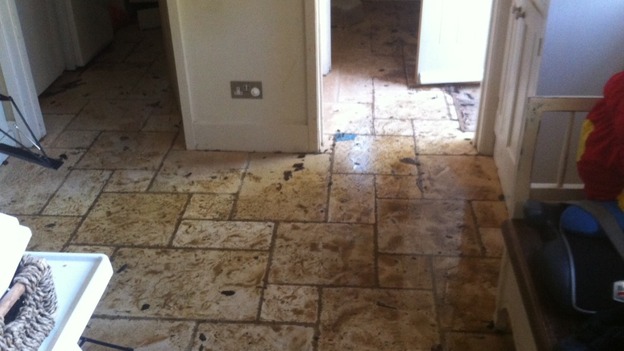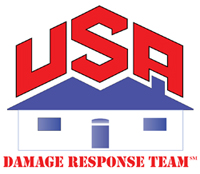Water Damage In Your Home Should Not Be Ignored
- Property damage resulting from water damage due to plumbing failures is the second most common cause of homeowner loss.
- Water damaged caused $9.1 billion in annual homeowner policy property losses annually from 2007 to 2009 – approximately 23 percent of all homeowner property losses.
- “Water damage claims have been growing faster than other components of homeowners insurance.” — American Insurance Association
When is Water Damage a Covered by Your Insurance
 Water damage is a general term that describes damage or loss that is caused by water making
Water damage is a general term that describes damage or loss that is caused by water making
contact with a material. Many types of material can be compromised or even destroyed by water intrusion. Wood often rots, steel can rust, plywood can warp, and a many other materials can be seriously damaged water. Water damage is a major issue due to the fact that it can take some time for the damage to become apparent. Water damage is one of the biggest contributors to property loss in the state of Florida.
Many insurances policies do not cover losses that occur from water damage and they also may not cover the bill for the restoration process. Most standard insurance policies do not cover do not cover water damage that occurs from bad weather as it is considered flooding and this requires flood insurance Homeowners that have damaged properties due to massive flooding may be eligible for government and FEMA grants.
Causes of Water Damage
There are many causes of water damage in South Florida but it is usually caused by compromised appliances, plumbing, roofing, and bad weather. Common causes include: pipe leaks, leaky roofs, broken dishwashers, washing machines overflowing, toilets clogging, cracked foundation, and heavy rainfall.
Categories of Water Damage
Water that causes damage is often broken up into three distinct categories.
- Category 1 water is clean water and can be classified as water that does not pose any health risks. Category 1 water usually comes from appliances that are connected to water supplies.
- Category 2 water is commonly referred to as grey water and often contains chemical or biological contaminants that can cause sickness. Grey water can come from urine water in toilets and water overflowing from washing machines or dishwashers.
- Category 3 water or black water poses serious health risks after exposure. Black water often contains harmful bacteria and comes from very contaminated water sources. Sewage, river water, and standing water are all considered black water regardless of the clarity or color.
Classes
There are four levels of water damage that are referred to as classes:
- Class 1 – Refers to water that has only affected a portion of an area in a home or a large area in which the materials have absorbed small amounts of moisture. There is usually very little moisture accumulation on carpeting, rugs, or other absorbent materials. Class 1 can be summed up as the least amount of water absorption with the slowest rate of evaporation
- Class 2– When water has affected a whole room including carpeting, fabrics, and when it has seeped no more than two feet up the walls. Class 2 has a faster rate of evaporation.
- Class 3 – When water mostly comes from above and affects everything in the room or house including the ceiling, walls, carpeting, and insulation. Class three has the fastest rate of evaporation.
- Class 4 – Involves special drying situations with materials that are not very absorbent or porous such as wood floors and concrete. Dehumidifiers are generally needed in order for efficient drying.
IF YOU THINK YOU HAVE A WATER DAMAGE CLAIM TO YOUR HOME OR BUSINESS
CONTACT USA DAMAGE RESPONSE TEAM TODAY


